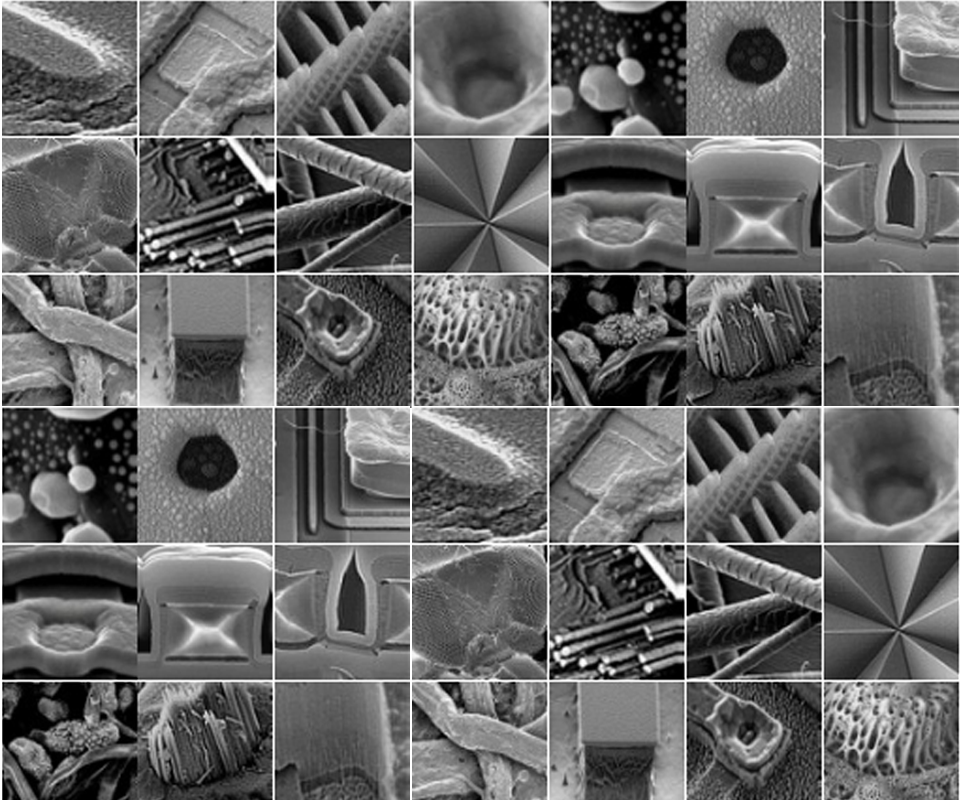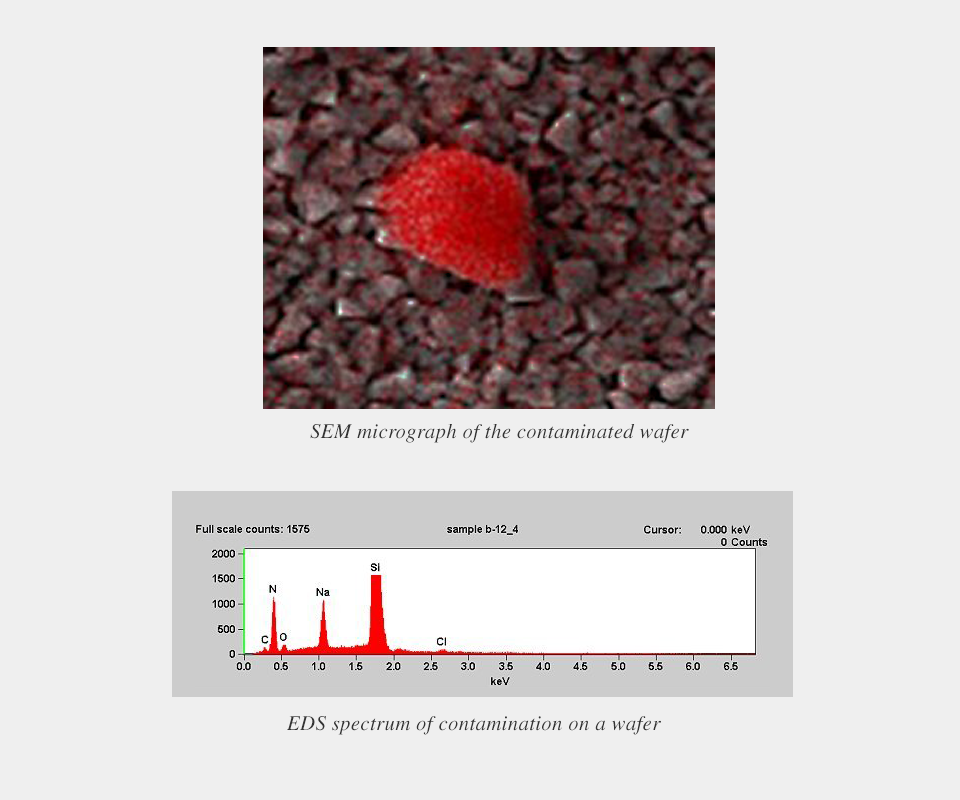
The SEM instrumentation and software at PVD consists of the following:
All images are stored in standard Tiff format and are easily convertible to other formats. Our powerful field-emission SEM allows you to do the following:
We provide several different ways to report your results:

X-Ray analysis has proven to be very informative when run in combination with scanning electron microscopy. This is because the SEM has the ability to magnify objects many times their size and bring the micro-world into our view. With this view, we are not only able to see the micro-structure of the unseen world, but discover the elements that make it up with X-Ray analysis. For this reason, PVD Products offers such analysis in conjunction with SEM services.
For those unfamiliar with the scanning electron microscope and X-Ray analysis, here are a few important words to know:
Short for Scanning Electron Microscope
The SEM is an instrument that scans an electron beam across the surface of an object. The object’s surface is bombarded with electrons, causing electrons to be emitted from the object. Depending on the topography of the object, either more or fewer electrons are emitted at any given instant. This difference in electron density is analyzed by a detector and mapped onto a CRT monitor, creating a black and white image. This whole process, by necessity, must occur under vacuum.
The SEM can be divided into three basic parts:
Magnification of an object is created and controlled by a set of magnetic coils that determine the size of the area being scanned. The larger the area being scanned, the lower the magnification. The smaller the area being scanned, the higher the magnification.
There are two generally used forms of X-Ray analysis on scanning electron microscopes. In one form, an X-Ray detector sorts out X-Rays according to their wavelength. In the other, X-Rays are sorted according to their energy.
At PVD Products, we utilize the latter type of detector, which is known as an Energy Dispersive X-Ray Spectrometer or EDS. When the electron beam scans over the object being viewed, it emits not only more electrons that go into imaging, but also X-Rays.
If the SEM has a special detector inside the chamber, these emitted X-Rays can be detected and then sorted according to their discrete energies. Each discrete energy represents an element of the atomic table.